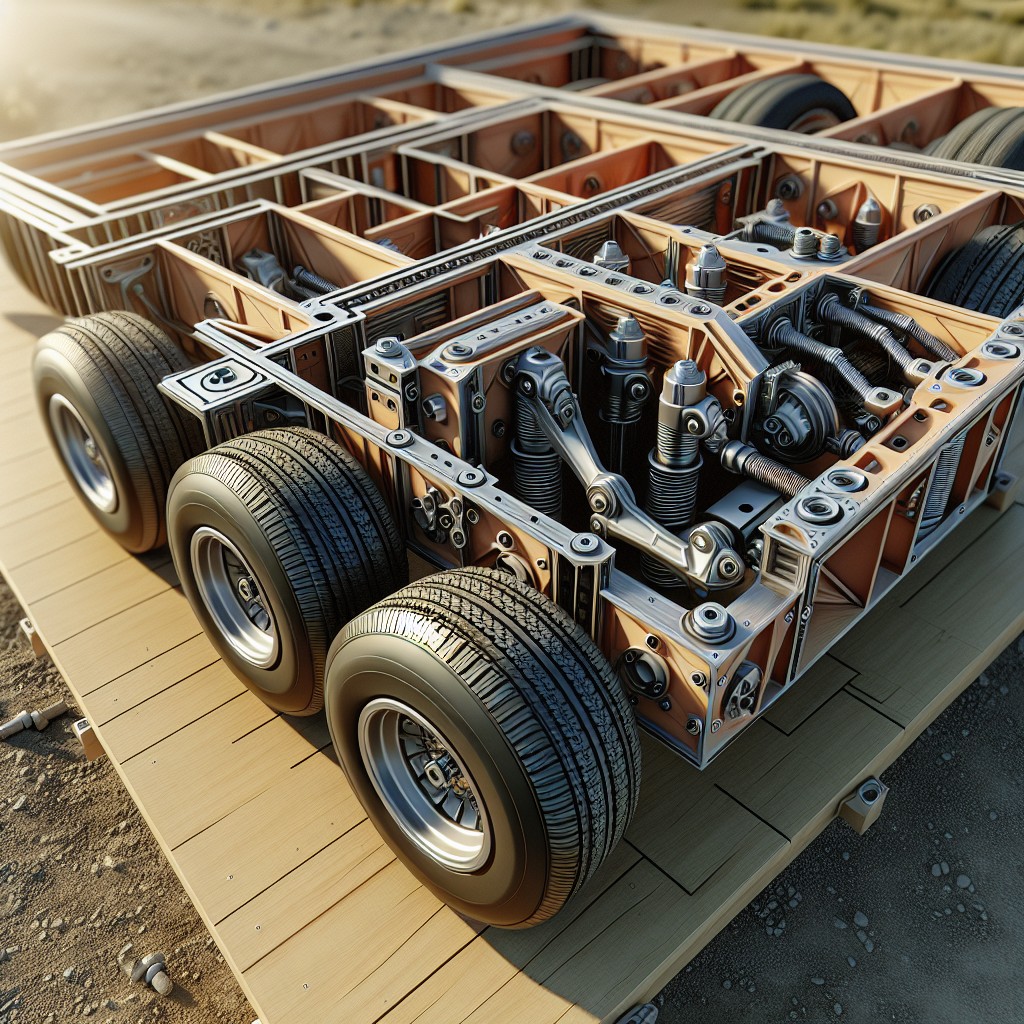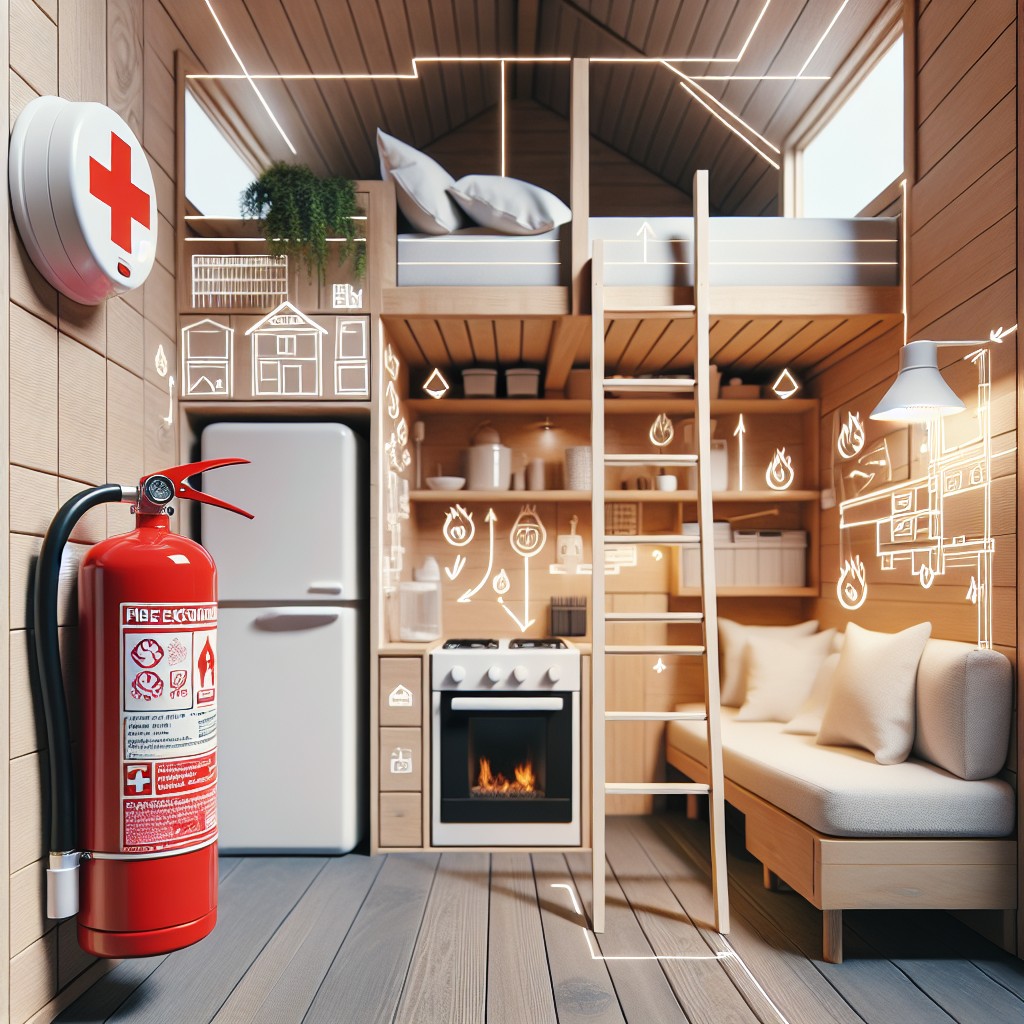Last updated on
Understanding ADU fire sprinkler requirements is key for a safe and legally compliant living space; this article clarifies what homeowners need to know to meet these important regulations.
Key takeaways:
- ADU fire sprinkler requirements vary based on location and ADU type.
- Understanding local fire code requirements is crucial for compliance.
- ADU size determines the complexity of fire sprinkler systems.
- Detached ADUs may require separate sprinkler systems.
- The permitting process for fire sprinkler installation requires thorough planning and communication.
Overview of Fire Sprinkler Mandates for ADUs

When planning your ADU, considering local fire safety standards is paramount, with fire sprinkler systems often at the core of these regulations.
These mandates are not one-size-fits-all. Factors such as the ADU’s proximity to the main residence and municipal codes play a significant role in determining whether your project needs a sprinkler system. For instance, if your ADU shares a wall with the primary home, it might fall under different criteria than a standalone structure.
Local building departments wield the authority on these requirements, aligning them with both national codes and community-specific safety concerns. It’s essential to engage with these bodies early in the design process. They will guide you through the necessary safety features for your ADU.
Sprinkler systems in ADUs are more than just red tape; they’re an investment in safety. They dramatically increase the chances of survival in the event of a fire and can help protect your property from severe damage.
Keep in mind that retrofitting structures to accommodate these systems can be more complex than incorporating them into new builds. If your ADU is an existing structure, prepare for a thorough assessment to bring it up to code.
Understanding Your Local Fire Code Requirements
Before diving into the sprinkler instalment for your ADU, you’ll need to become friends with your local fire code. Think of it as the rulebook that will play a big role in your project. First off, fire codes aren’t universal; they’re as local as your favorite mom-and-pop diner. So, here’s a heads-up: Check with your city or county building department—they’re the goalkeepers of these regulations.
Size can be a sneaky factor. In many areas, if your ADU is cozy, under a certain square footage, you might not need a sprinkler system. But don’t throw a party just yet—other factors come into play too, like the distance from the main house or if your ADU is a new build or a conversion.
Thinking attached or detached? It matters! Attached ADUs often have to follow the same fire safety rules as the main residence, so you might be in for sprinklers if the primary house has them. On the flip side, detached units might get more leeway, but they also might be asked to keep a safe distance from the main house, like rivals in an old Western standoff.
Here’s a pro tip: When you apply for your ADU permit, the requirements for fire sprinklers will be spelled out in black and white. No need for second-guessing. So, keep your phone handy, make that call, and get the lowdown on what’s expected. After all, knowing the lay of the land is key to keeping the flames at bay.
The Impact of ADU Size On Sprinkler Requirements
As you dive into the specifics of safeguarding your ADU with fire sprinklers, square footage plays a pivotal role. Smaller units may skate by with fewer sprinkler heads, given proper space configuration and egress points. It’s akin to a chess game where every move counts; however, this isn’t just any game—it’s about safety.
On the flip side, the larger your ADU, the more elaborate the sprinkler system may need to be. Think of it as a bigger safety net—you’ll want more coverage to catch any potential incidents. Moreover, loft spaces or multiple stories in your ADU can add another layer to the sprinkler equation, often necessitating additional heads or more complex systems.
In some cases, the dividing line—often around a specific square footage—can determine whether a sprinkler system is a must or just recommended. Hitting the right numbers on your floor plans can sometimes be a saving grace, allowing you to sidestep the need for a full sprinkler setup.
Takeaway point? Always measure twice and plan accordingly. Understanding the correlation between the size of your ADU and fire sprinkler requirements is crucial to navigating your buildout or remodel. It’s like fitting pieces into a puzzle; you want the perfect fit for safety and compliance.
Differences in Requirements for Detached Vs. Attached ADUs
Detached ADUs are often treated like separate single-family homes regarding fire safety. If your detached unit exceeds a certain square footage, or if local codes dictate, you’ll likely need a separate sprinkler system, independent from the main house. This can mean a significant investment in both installation and maintenance.
On the flip side, attached ADUs share a wall with the primary residence, and this changes the game. Sprinklers might be required only if the primary residence also has them, or under specific conditions set by your jurisdiction, such as a remodel or reaching a certain size threshold. This can ease the financial burden somewhat, since you’re potentially extending an existing system rather than starting from scratch.
It’s crucial to note that codes will vary not just by state but down to the city or county level. A quick chat with local building officials can save you a heap of trouble and clarify which rules apply to your situation. And remember, newer building codes are often more stringent, so what was okay for your neighbor a few years back might not cut it now. Stay alert for these updates, as they can sneak up on you!
Permitting Process for Fire Sprinkler Installation in ADUs
Leaping over the paperwork hurdle for fire sprinkler installation in your ADU involves a clear understanding of local permitting processes. Here’s the lowdown on how to navigate these waters without getting your feet wet.
Start by checking in with your local building or fire department for specifics. They’re the gatekeepers who can hand you the map – the application forms and list of requirements. Usually, you’ll need detailed plans showing the proposed sprinkler layout and its connection to the water supply. These plans often require a stamp of approval from a licensed professional.
Consider timing. Certain seasons can be crammed with permit requests, leading to longer wait times. Submit your application as early as possible to sidestep this bottleneck. While you’re at it, ask about expedited review services. They can be a life-saver if you’re on a tight schedule.
Expect a fee. Prices fluctuate based on location and project complexity, so save room in your budget for this expense. Once your application is lodged, patience becomes your new best friend. Review times can range from the speed of a rabbit to the pace of a tortoise.
Lastly, keep an open line of communication with the authorities. If you hit a snag, they’re the troubleshooters you’ll want on your side. Follow these steps and you’ll be well on your way to adding that essential layer of safety to your ADU.
Related reading:
Table of Contents





